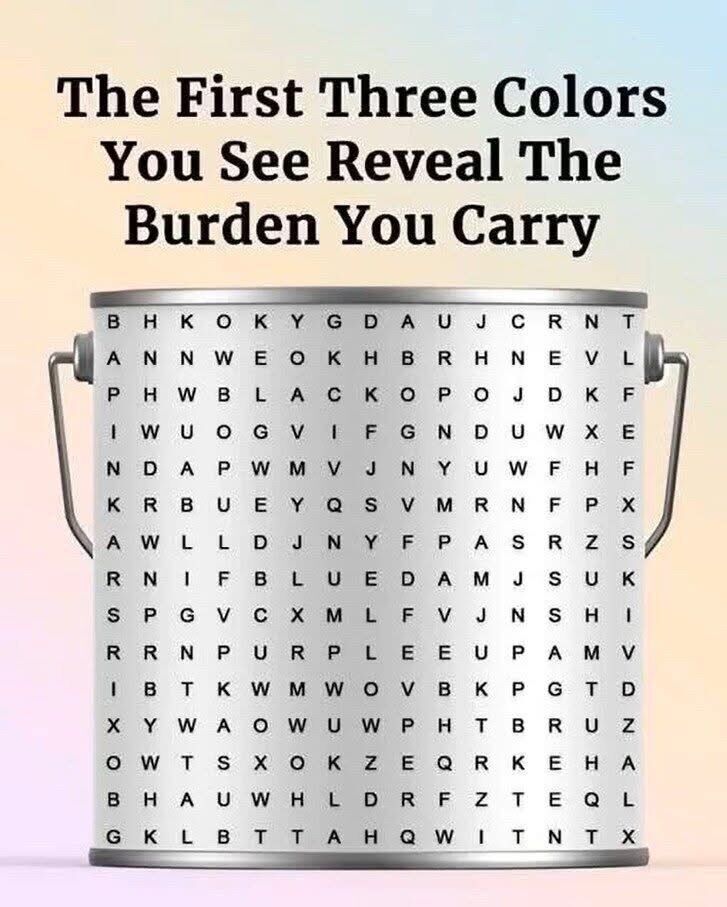Colors speak a language that transcends words, communicating directly with the heart and mind, reaching into places within us that even we may not fully understand. They bypass logic and go straight to the soul, touching emotions and memories that have long been buried. The first three colors you find yourself instinctively drawn to are far more than simple personal preferences—they serve as subtle, powerful clues to your current inner emotional landscape.
For instance, the color red can be a reflection of passion, vitality, and an inner fire that fuels your actions. But it can also whisper of unresolved anger, restlessness, or intensity that you may be struggling to channel. Blue, on the other hand, might suggest a deep longing for peace, stability, or understanding, while at the same time hinting at feelings of sorrow, isolation, or reflection. Purple often carries the energy of transformation—it speaks to moments of transition, personal growth, and the desire for spiritual or emotional healing.
The colors we choose, sometimes without even thinking, are like quiet mirrors to the emotions we carry in silence. They reveal aspects of ourselves that we may not speak aloud but still live with every day.
Our relationship with color is shaped by both the intricate wiring of our biology and the powerful influences of our culture. On a neurological level, colors stimulate specific areas of the brain associated with mood regulation, memory recall, and emotional processing. These responses are often instinctive, woven into the way our minds and bodies interact with the world. Culturally, however, colors take on layered meanings—red might symbolize love in one culture and warning in another; white may represent purity to some but mourning to others.
Together, these biological and cultural forces make color not just a visual experience, but a deeply personal and psychological one—one that tells a story without ever needing to speak.
